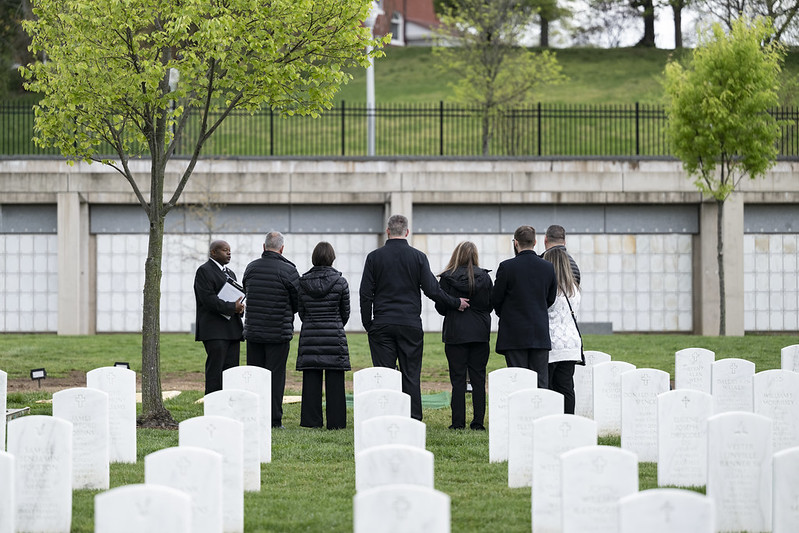
“He dedicated his life to the service,” Wade Spiegel said, as he sat in the front row of his father, Master Sgt. Kenneth Spiegel’s, funeral service at Arlington National Cemetery on April 15, 2025. Staring at his father’s urn, he added, “Even after he retired, he was 100 percent still involved, every single day and now he’s home.”